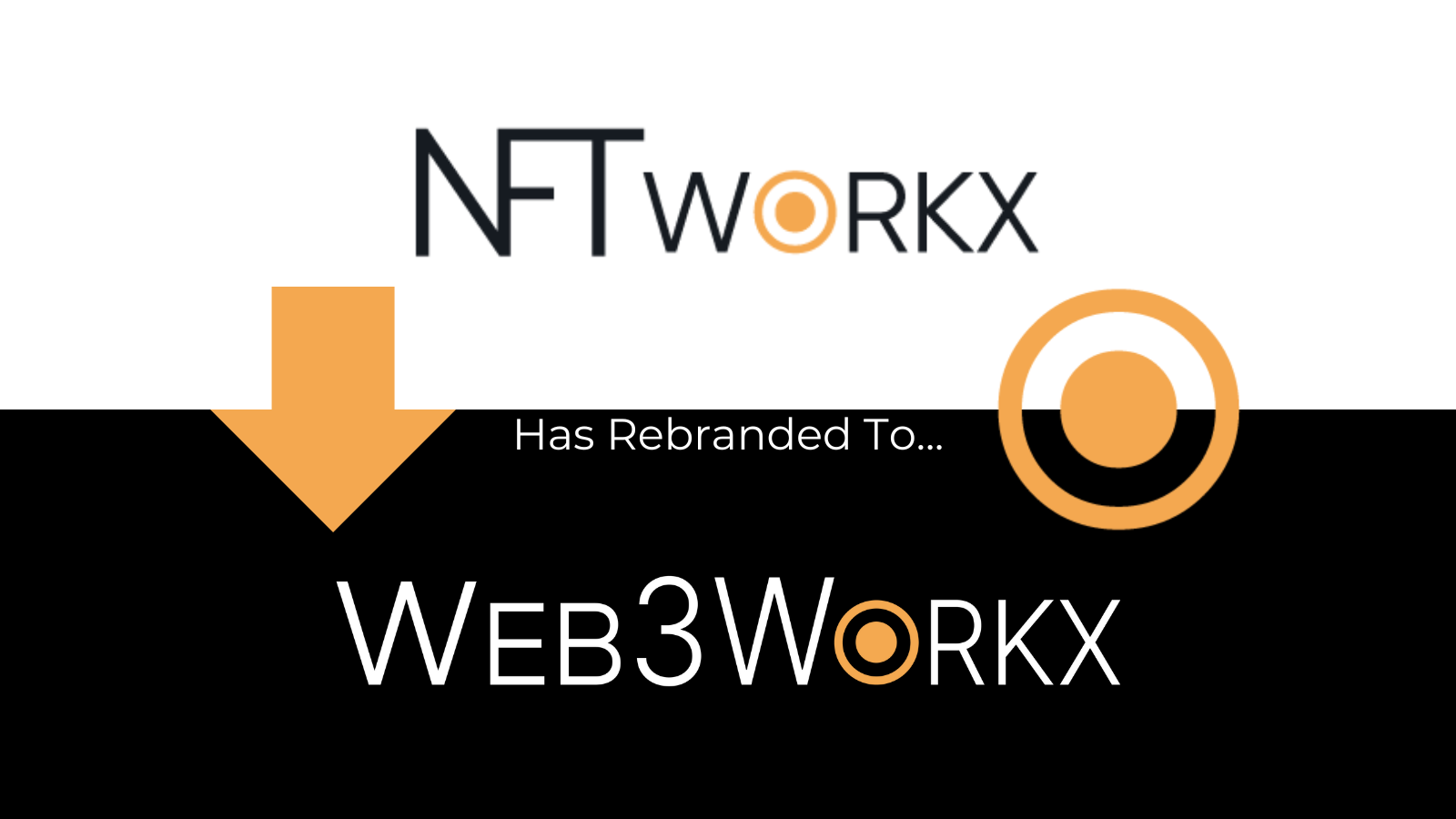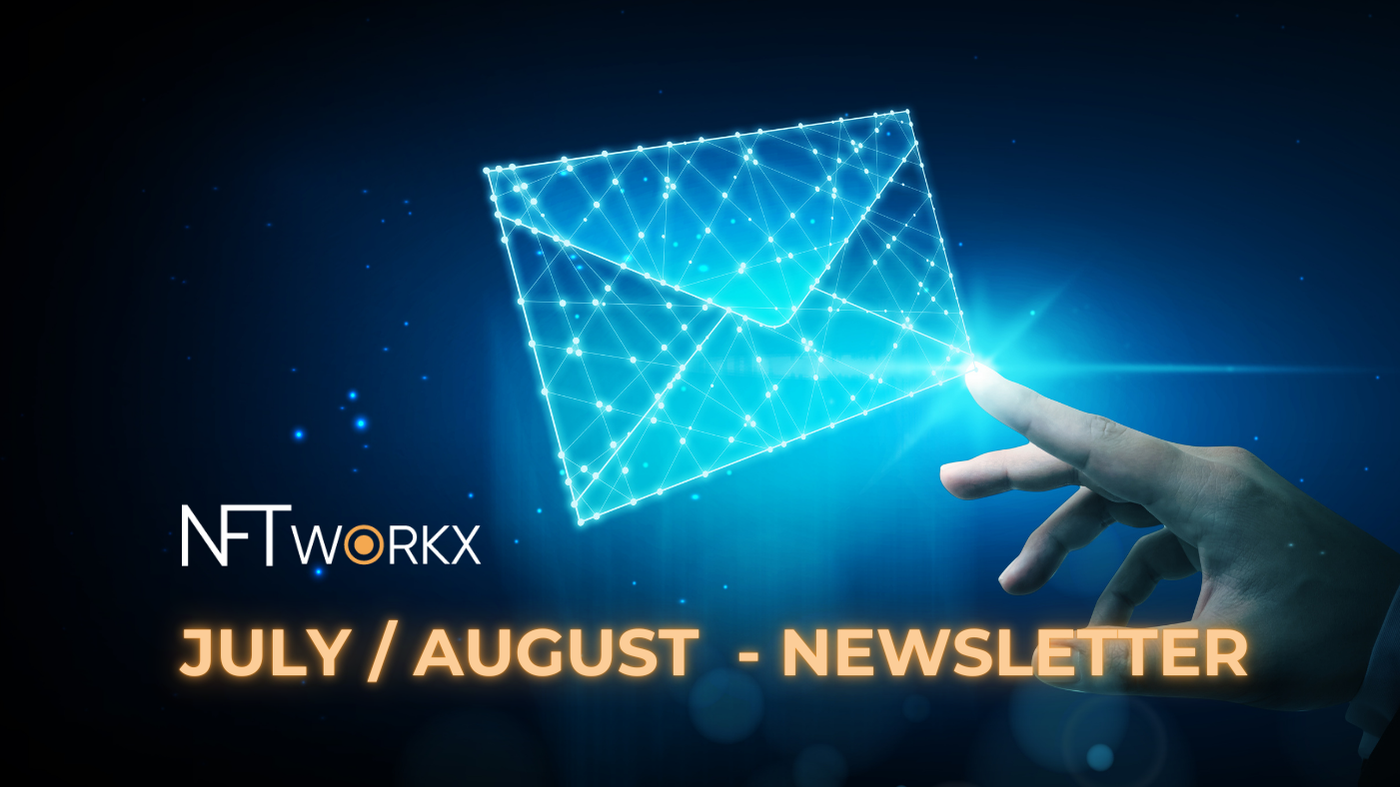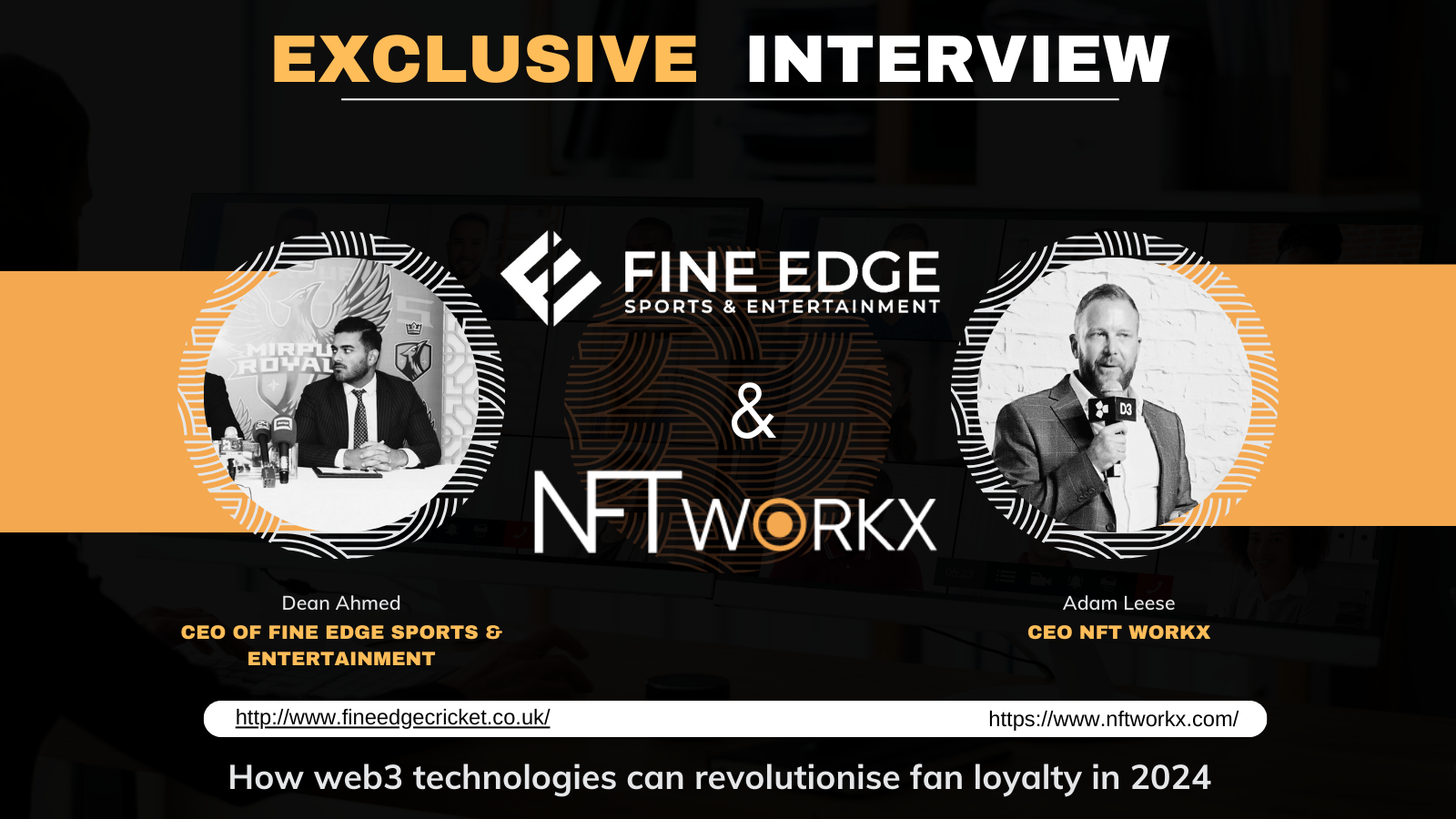How do stores make money with their loyalty programs?
Section 1: The Secret to Profitable Loyalty Programs
Imagine visiting your favorite electronics store in the UK, where the staff knows you as a tech buff. They greet you by name and even recall the last gadget you asked about. As you’re there to buy a new smart home device, the cashier tells you with a smile, ‘You’ve earned enough points for a discount on your next purchase!’
This is more than just good customer service; it’s an intelligent strategy that keeps you engaged and returning. Effectively turning your tech enthusiasm into benefits for you and the store.
The Power of Loyalty: More Than Just a Card
Loyalty programs help retail businesses make more money by attracting and keeping customers in a competitive market. These programs help companies make more money, collect necessary information, and build strong customer relationships.
So, how exactly do stores turn these programs into profit-making machines? The answer lies in the subtle art of balancing incentives with customer behavior.
Data: The Hidden Goldmine
The first secret to the success of these programs is data. Every time you swipe your loyalty card or enter your phone number at checkout, the store learns more about your preferences, spending habits, and favorite products. This data is a goldmine. Stores can customize marketing, stock popular items, and tempt you with irresistible offers.
Repeat Business: The Core of Loyalty Profits
The heart of making money through loyalty programs lies in encouraging repeat business and creating a cycle where customers keep returning, enticed by the rewards they’ll earn. Getting repeat customers is essential because keeping an existing customer costs less than finding a new one.
The NFT Revolution in Loyalty Programs
In an innovative twist, some stores now turn to Non-Fungible Tokens (NFTs) to elevate their loyalty programs. Imagine earning exclusive digital art or gaining access to special events simply by being a loyal customer. By adding exclusivity and technology, NFTs make loyalty programs more appealing to tech-savvy people.
Section 2: Turning Loyalty into Profit: A Closer Look
Loyalty: The Heart of the Strategy
Building on our understanding of loyalty programs, let’s explore how they directly contribute to a store’s bottom line. The key lies in cultivating a sense of belonging and appreciation among customers. Customers tend to keep buying when they feel appreciated, and repeat buyers are crucial for retail success.
Personalization: The Magic Ingredient
The most successful loyalty programs go beyond generic rewards; they offer personalized experiences. Stores use customer data to tailor rewards and offers, making each customer feel unique. This personalization can take many forms, from special birthday discounts to suggestions based on previous purchases—a powerful tool in transforming occasional shoppers into loyal patrons.
Exclusive Benefits: Elevating Customer Experience
Another tactic is offering exclusive benefits. These include early access to new products, members-only sales, or special events. For instance, a clothing store might provide early access to a new collection for its loyalty program members. This exclusivity makes members feel special and encourages more frequent visits and purchases.
Engagement Over Transactions: The Long-Term View
Profit from loyalty programs only sometimes shows immediate monetary gains. Sometimes, it’s about long-term engagement. Engaged customers are likelier to recommend the store to others, write positive reviews, and remain loyal over time. This word-of-mouth marketing is invaluable and often leads to sustained revenue growth.
The Role of NFTs: A New Frontier in Customer Engagement
Incorporating NFTs into loyalty programs offers a new dimension of customer engagement. NFTs can serve as unique rewards beyond traditional points and discounts. A store can give special digital items to loyal customers, making them feel special and creating excitement.
Personalized Experience
Turning loyalty into profit is about much more than just handing out points. Creating a personalized, engaging experience that resonates with customers is what it’s about. Building a community around your brand and leveraging innovative tools like NFTs is about staying ahead.
Section 3: Building Your Loyalty Program: Steps and Pitfalls
To start your loyalty program, know your customers and what they want. It’s vital for success. This involves market research, analyzing customer data, and identifying key trends and preferences. Understanding customer needs and desires is critical to creating a program that connects and engages effectively.
Step 2: Designing Your Program
With a clear understanding of your customers, it’s time to design the program. Choose rewards (discounts, free items, exceptional experiences), how customers earn them (points, purchases, referrals), and the program’s structure. Remember, simplicity and clarity are essential. Customers should easily understand how the program works and what benefits they can expect.
Step 3: Integrating NFTs into Your Loyalty Program
Incorporating NFTs can set your program apart, offering unique and exciting rewards. This could be exclusive digital artwork, access to special events, or even ownership of limited edition products. Ensure that the integration of NFTs aligns with your brand and adds real value to the customer experience.
Step 4: Technology Implementation & Avoiding Pitfalls
Choose the right technology to support your program. This includes customer relationship management (CRM) systems, loyalty program software, and NFT platforms. The technology should be robust, secure, and scalable, ensuring a seamless experience for you and your customers.
Pitfall 1: Overcomplicating the Program
One common mistake is overcomplicating the loyalty program. Customers who find it easier to understand or use are less likely to engage. Keep the program straightforward and user-friendly.
Pitfall 2: Failing to Communicate Value
Another pitfall is failing to communicate the program’s value to customers effectively. Your marketing should clearly articulate the benefits and rewards, enticing customers to join and stay active.
Pitfall 3: Neglecting Data Privacy and Security
Integrating technology, especially NFTs, ensures data privacy and security. Be clear about how we use customer data and follow rules to keep it safe in all systems.
What’s Involved
Building a successful loyalty program involves the following:
- Understanding your customers.
- Designing a rewarding and engaging system.
- Leveraging technology like NFTs to enhance the experience.
Avoid common pitfalls by keeping your program simple, transparent, and secure. You can create a program that fosters loyalty and drives profitability with these steps.
Section 4: Maximizing Engagement and Profit Through Loyalty Programs
Strategic Use of Rewards to Drive Purchases
The best loyalty programs give rewards to customers and use them to encourage future purchases. This involves carefully planning rewards and encouraging customers to spend or visit more frequently. For instance, tiered rewards systems can incentivize higher spending, while time-limited offers can create a sense of urgency.
Examples: Success Stories in Retail
To illustrate these strategies in action, let’s look at some hypothetical retail loyalty programs:
- Example 1: A store gives points to customers. More points mean special access to limited-edition items.
- Example 2: A grocery chain offering monthly discounts on favorite items to frequent shoppers, resulting in increased visit frequency.
Incorporating Personalization for Deeper Engagement
Personalization is a game-changer in loyalty programs. Using customer data to offer personalized rewards or suggestions can significantly enhance the customer experience and loyalty. For instance, offering special deals on items a customer frequently purchases or on their birthday can make them feel valued and more connected to your brand.
Utilizing NFTs for Exclusive Experiences
NFTs open a world of possibilities for creating exclusive, memorable experiences for loyalty program members. This could be access to virtual events, ownership of digital collectibles, or special collaborations with artists. Such unique offerings can create a buzz around your program and drive deeper engagement.
Communication is Key: Keeping Your Customers Informed
Effective communication of the loyalty program and its benefits is essential. Keep customers engaged and informed with updates, explanations on earning and redeeming rewards, and success stories.
Analyzing and Adapting Your Program
Regularly analyzing the performance of your loyalty program is crucial. Track metrics like enrollment numbers, redemption rates, and changes in purchasing behavior. Use this data to adapt and refine your program, ensuring it remains relevant and appealing to your customers.
A Powerful Tool
A well-executed loyalty program is a powerful tool for increasing customer engagement and boosting revenue. You can create a program that rewards loyalty and builds customer relationships. You can use rewards, personalizing experiences, and embracing NFTs.
Section 5: Navigating Legal and Ethical Considerations in Loyalty Programs
Understanding the Legal Landscape
Knowing the legal framework governing such initiatives is vital when implementing a loyalty program. This includes understanding consumer protection laws, data privacy regulations, specific loyalty programs, and NFTs legislation. Staying compliant protects your business and builds trust with your customers.
Data Privacy and Security: A Top Priority
Data privacy and security are paramount in the digital loyalty programs era. You must ensure that you collect, store, and use customer data in compliance with laws like GDPR or CCPA. Being open with customers about data usage and ensuring strong security is crucial for trust and avoiding legal issues.
Ethical Practices in Loyalty Programs
Beyond legal compliance, ethical considerations play a significant role. This means being truthful about the program’s terms, not using tricks, and ensuring it’s fair and available. Ethical practices prevent legal issues and contribute to a positive brand image.
Staying Informed and Adaptable
Laws and regulations surrounding digital marketing, loyalty programs, and NFTs can evolve. Staying informed and adaptable is essential; you are ready to change your program to remain compliant.
Maintain Trust
Navigating loyalty programs’ legal and ethical aspects is crucial to ensuring their success and sustainability. Businesses can create loyalty programs that drive profitability and maintain customer trust and respect by prioritizing data privacy, legal compliance, and ethical practices.
Section 6: Embracing the Future: Adapting to Emerging Trends in Loyalty Programs
The Evolving Landscape of Loyalty Programs
The world of loyalty programs is constantly changing, driven by technological advancements, shifting consumer behaviors, and new marketing strategies. Understanding these trends is crucial for businesses looking to stay competitive and keep their loyalty programs relevant and effective.
Trend 1: The Increasing Role of Technology
One of the biggest trends is the increasing role of technology in loyalty programs. New tech like apps, blockchain, and NFTs give fresh ways to connect with customers and offer memorable experiences. Staying abreast of technological trends and understanding how to integrate them into your program is critical.
Trend 2: Personalization and Customer Experience
Another significant trend is the shift towards more personalized loyalty programs. Customers expect custom-designed experiences tailored to their preferences and behaviors. Leveraging data analytics to offer personal rewards and communications can significantly enhance the effectiveness of your loyalty program.
Trend 3: Sustainability and Social Responsibility
There’s a growing emphasis on sustainability and social responsibility in loyalty programs. Consumers increasingly prefer brands that practice ethics and prioritize environmental consciousness. Incorporating these elements into your loyalty program can resonate deeply with customers’ values.
Incorporating NFTs: Staying Ahead of the Curve
NFTs represent a frontier in loyalty programs, offering unique opportunities for customer engagement. It’s vital to grasp and use NFTs and technology advances to stay innovative and attract tech-savvy consumers.
As technology advances, businesses must stay innovative and attract tech-savvy consumers. One way to achieve this is by effectively learning how to use NFTs in your program.
NFTs are a valuable tool that can help businesses stay ahead in the ever-evolving technological landscape. By understanding and utilizing NFTs effectively, companies can attract tech-savvy consumers and maintain their innovative edge.
Adapting to Change: A Case Study
Soapy Joe’s, a car wash company in San Diego, is an inspiring example of how adapting to new trends can revitalize a business’s loyalty program. Transitioning from traditional loyalty rewards to a digital, NFT-based system, Soapy Joe’s launched a unique scavenger hunt-style promotion.
Customers could collect a different Ethereum-based NFT at each of the company’s 17 locations, unlocking rewards ranging from physical merchandise to free car wash memberships. This innovative approach engaged the company’s loyal ‘Soapy Squad’ and attracted new customers, driving a significant increase in site visits and web user traffic.
The success of this campaign, marked by the minting of over 10,000 NFTs and a notable increase in customer engagement, highlights the potential of embracing digital trends to enhance customer loyalty and business growth.
A Dynamic System
The future of loyalty programs is dynamic and full of potential. Businesses can keep and gain customers by using new technologies, personalization, and supporting sustainability. Staying informed and adaptable is essential for navigating the future of customer loyalty.
Conclusion: Bringing It All Together – The Future of Loyalty Programs
Recapping the Journey
We’ve studied loyalty programs, from their basics to using advanced technologies like NFTs. Each part showed how these programs can increase customer loyalty and turn it into actual business income.
Key Takeaways
- Data-Driven Personalization: The core of a successful loyalty program lies in its ability to use customer data to offer personalized experiences.
- Balancing Rewards with Profitability: Effective loyalty programs balance offering enticing rewards and driving profitable customer behaviors.
- Legal and Ethical Considerations: Compliance with legal standards and ethical practices is essential in maintaining customer trust and program sustainability.
- To stay ahead in loyalty programs, embrace new technologies like NFTs and adapt to emerging market trends.
- Loyalty programs are essential for building strong customer relationships and engagement beyond just transactions.
The Role of NFTs in Shaping the Future
NFTs, in particular, represent a novel and exciting aspect of modern loyalty programs. They offer unique opportunities for customer engagement and can set your program apart in a crowded market. As we look to the future, the potential of NFTs in loyalty programs is vast and largely untapped.
Final Thoughts
As we conclude this guide, remember that the world of loyalty programs is ever-evolving. Success comes from staying informed, being adaptable, and prioritizing the customer experience in your program.
These insights and strategies can help you create a loyalty program. You can use it whether you’re starting or improving a program. The loyalty program rewards customers and boosts business growth.
Your Next Steps
Now, it’s your turn to take these insights and apply them to your own business. Improve your loyalty program by understanding customers, considering brand qualities, and experimenting with new ideas like NFTs. The future of loyalty is bright, and with the right approach, your business can shine.
Further Reading:
Web3 and Ecommerce: Why Retailers are Adopting Web3 in 2023
NFTs for Online Stores: Why NFTs are the Next Big Thing for Your E-commerce Business













